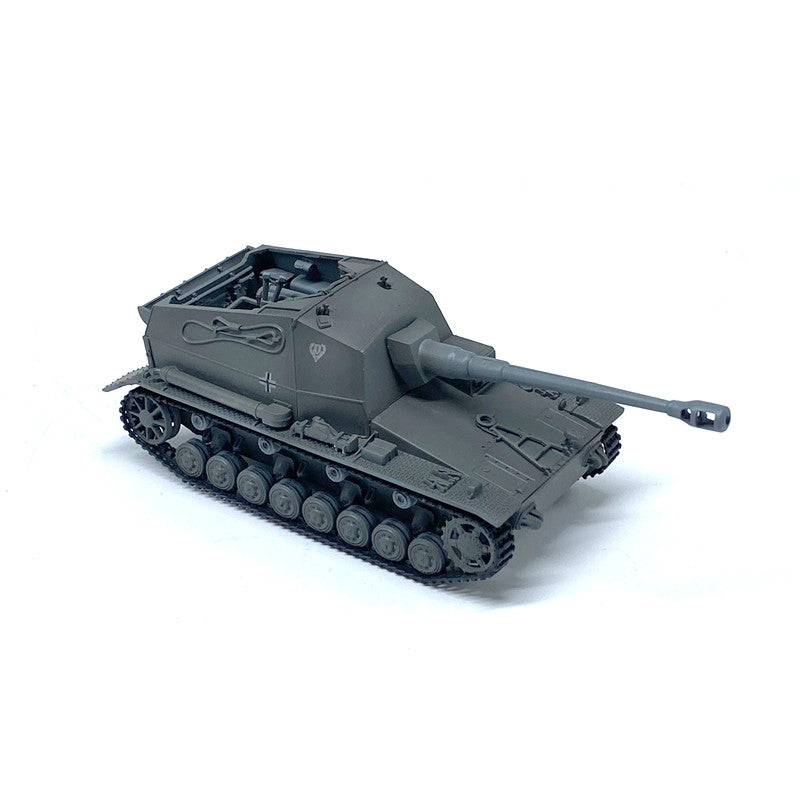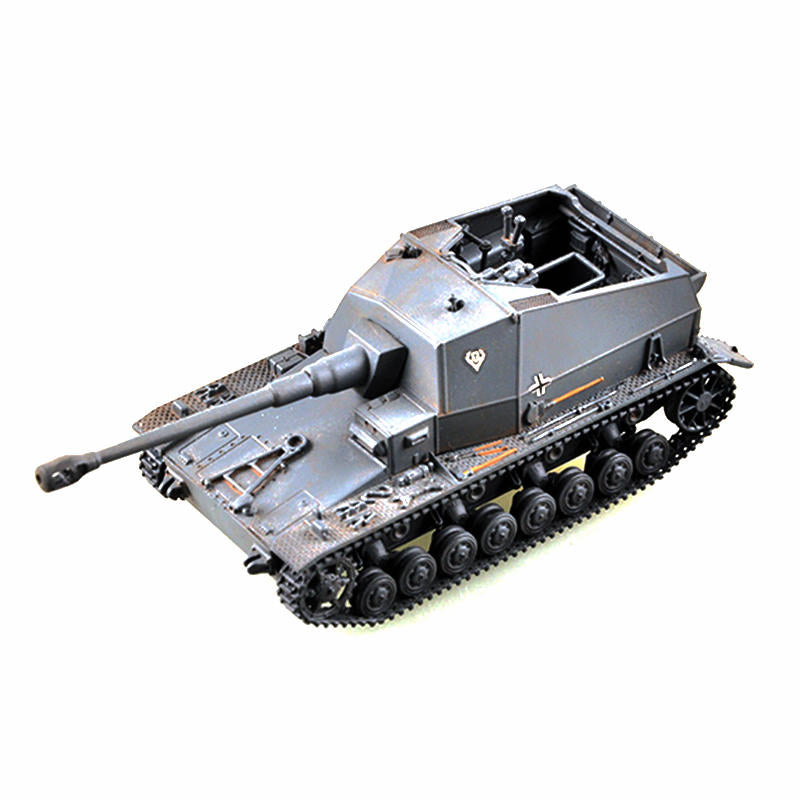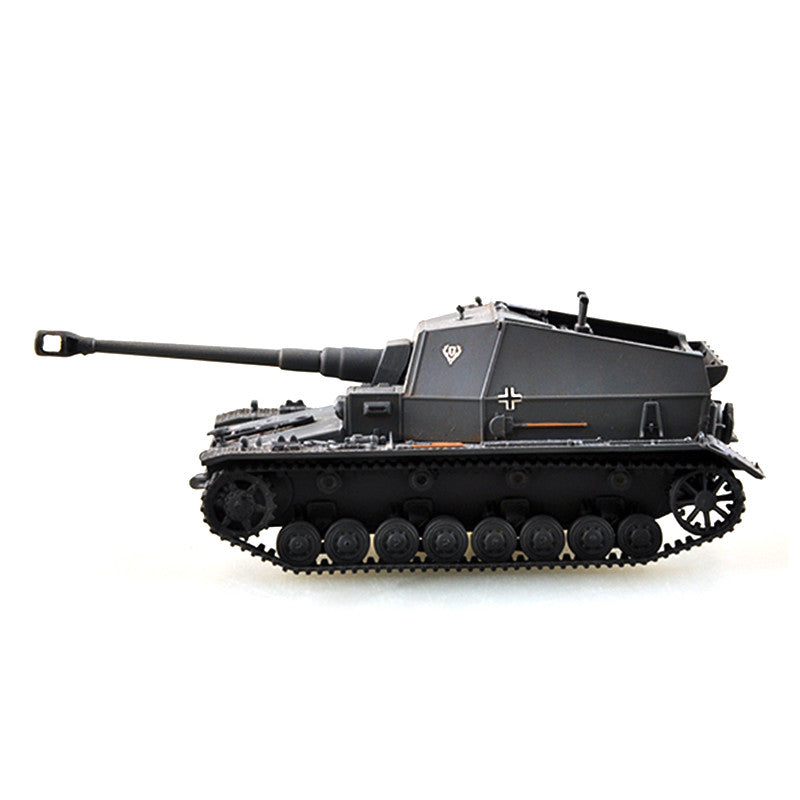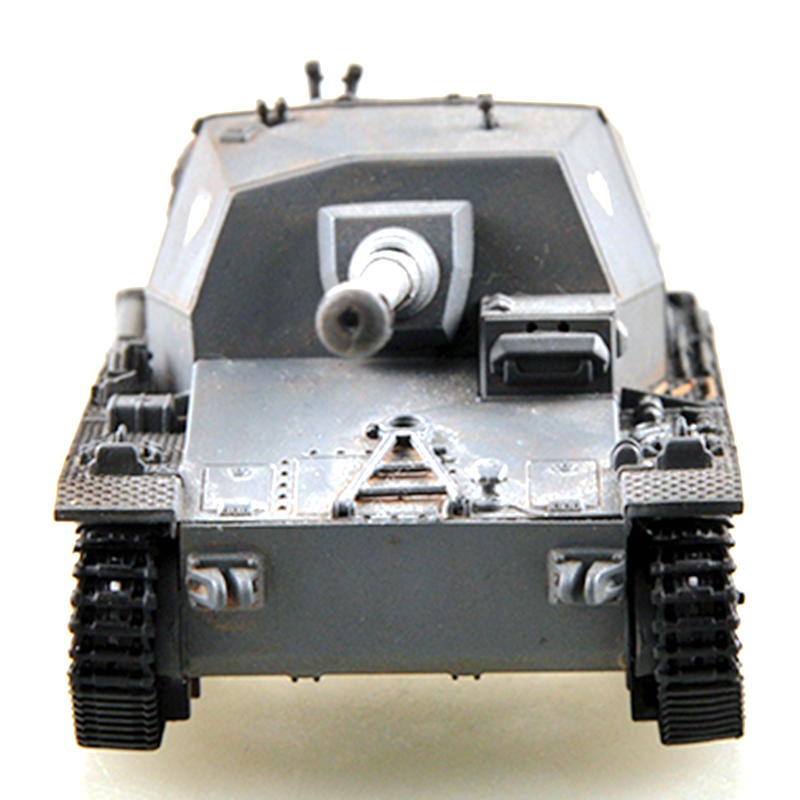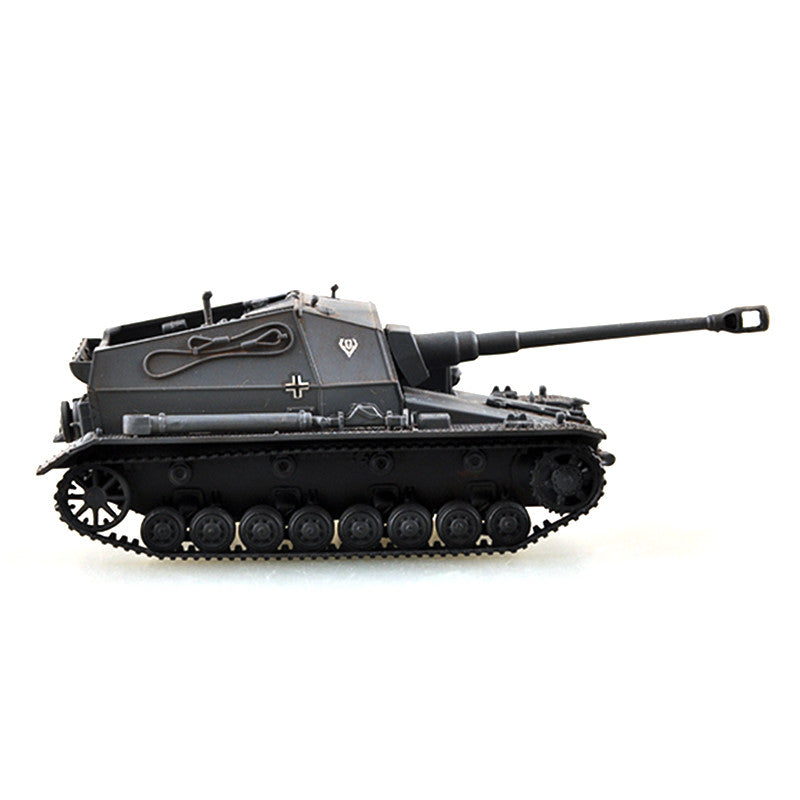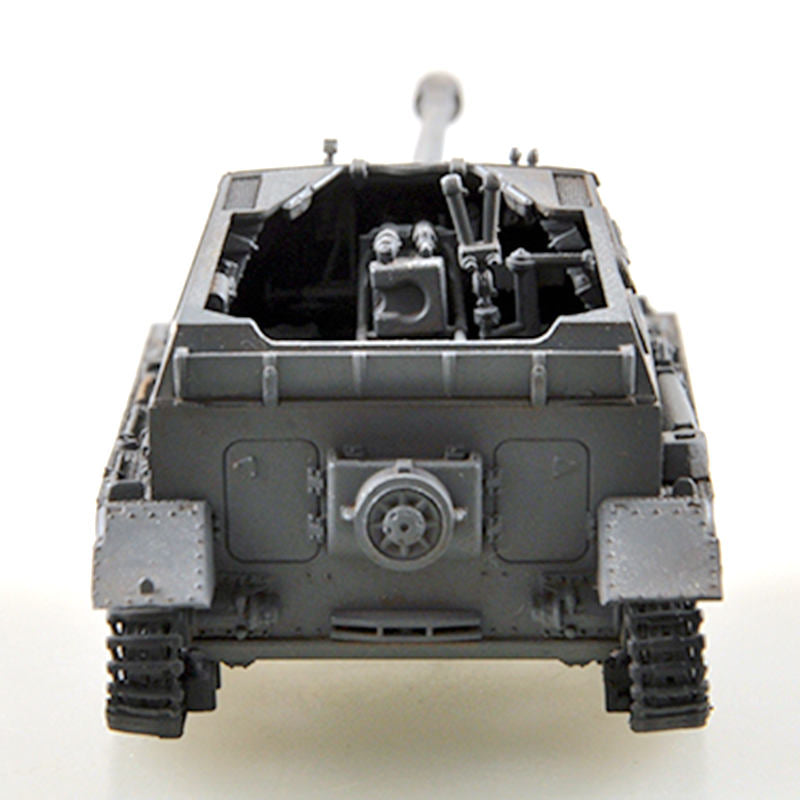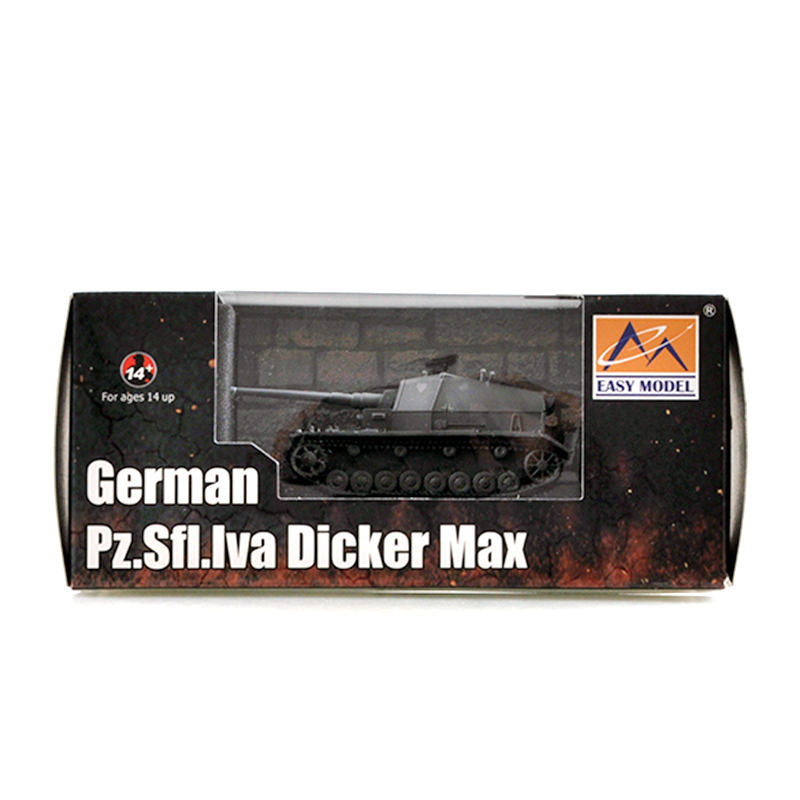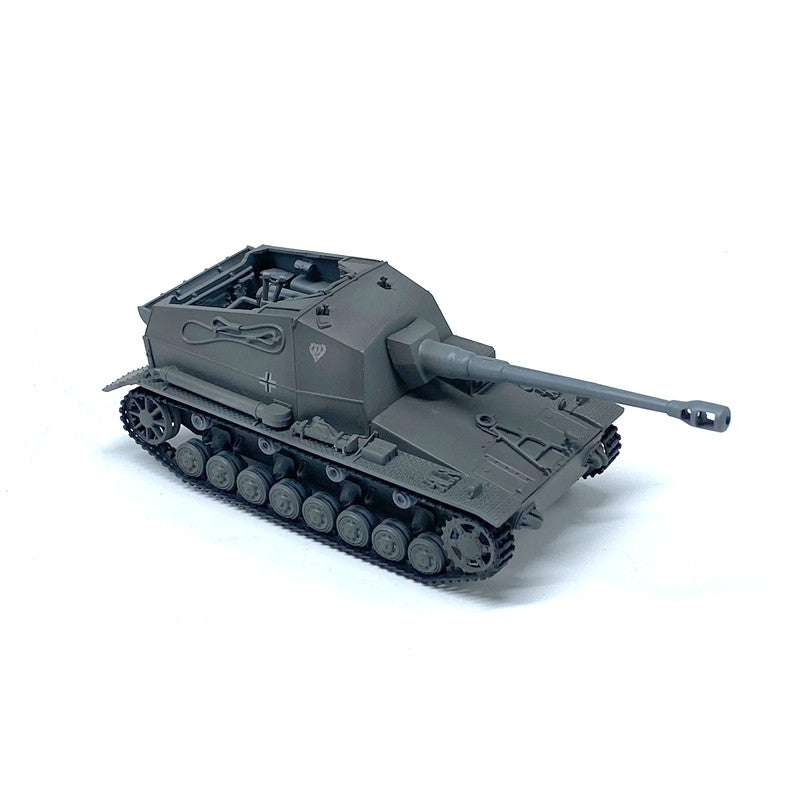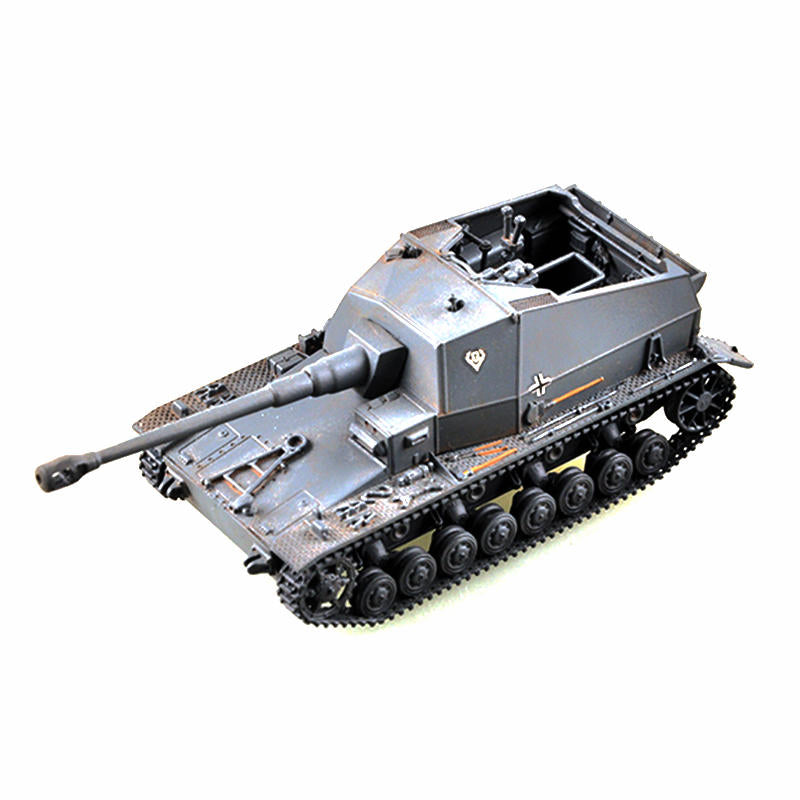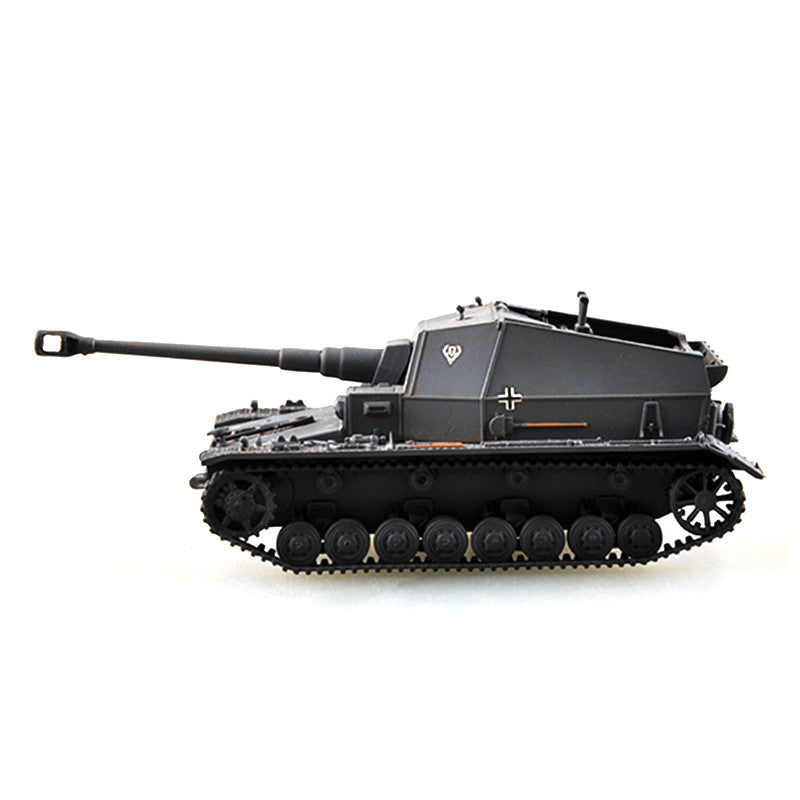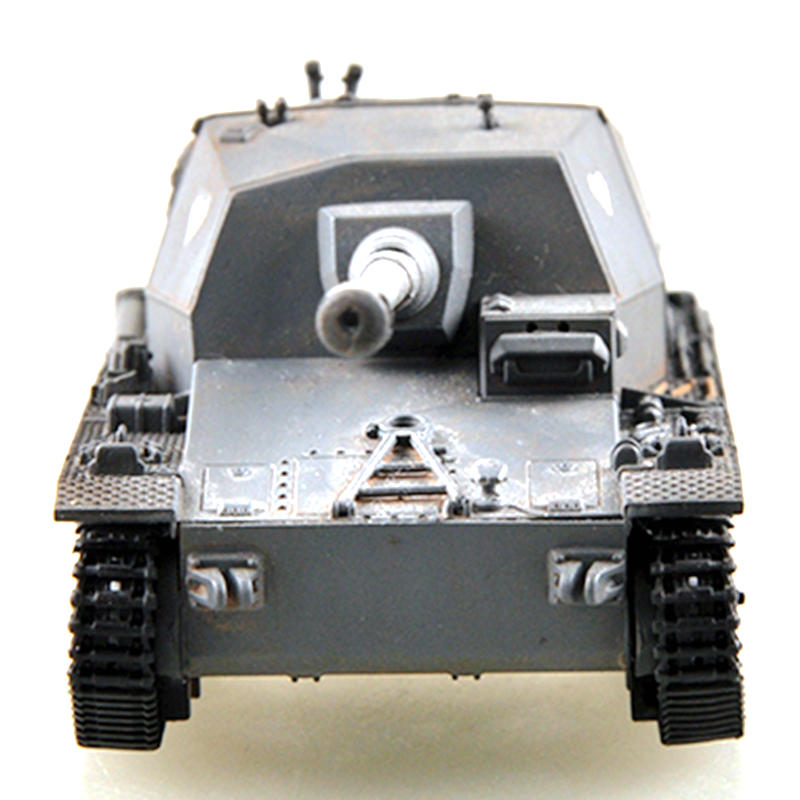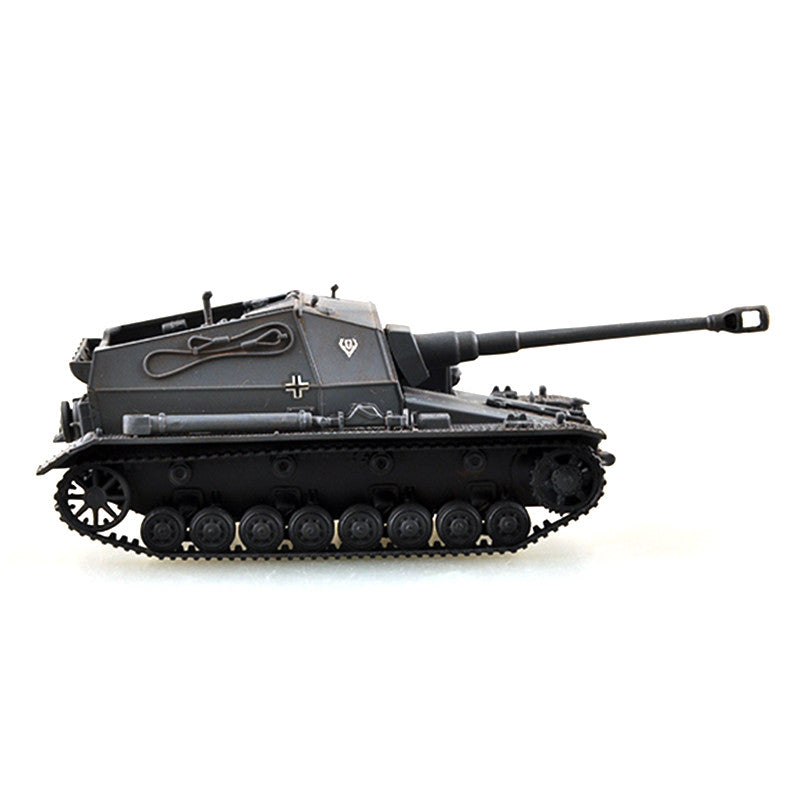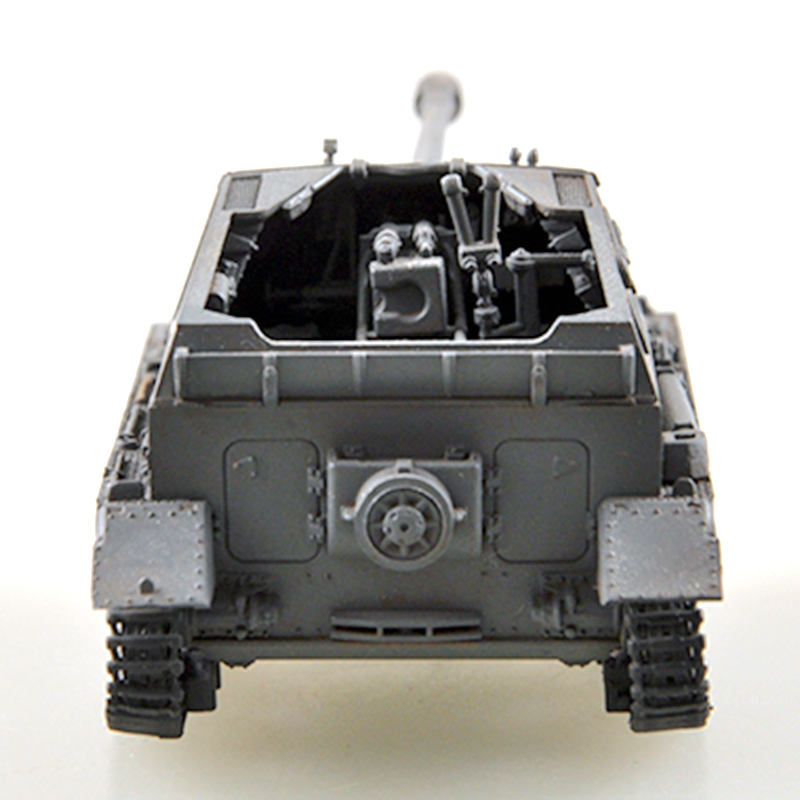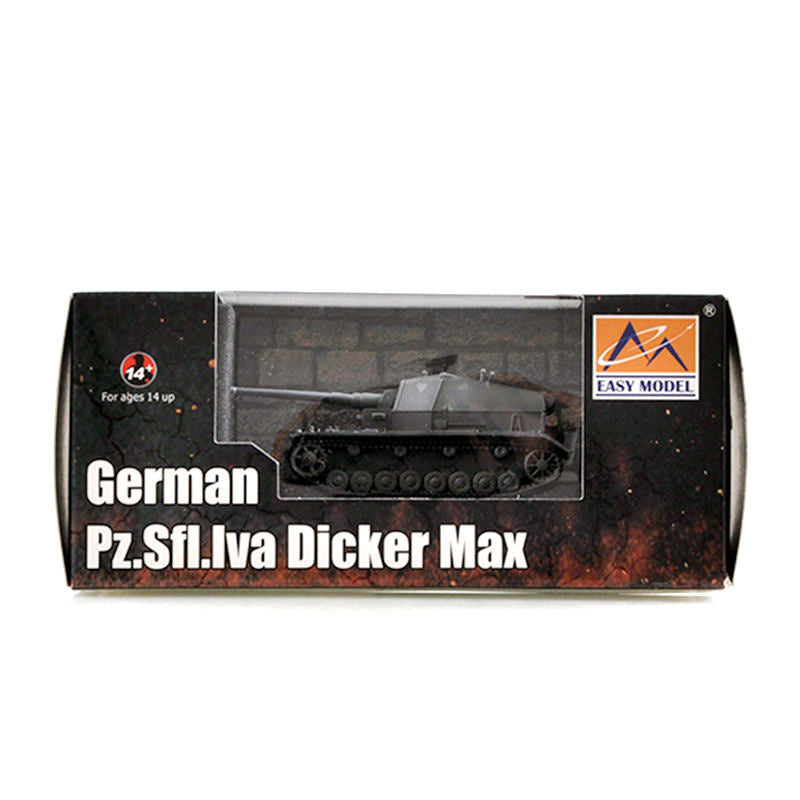old boy hobby
10.5 cm K (Pz.Sfl. IVa) Self-propelled anti-tank gun Dicker Max pre-built 1/72 scale collectible plastic military model
10.5 cm K (Pz.Sfl. IVa) Self-propelled anti-tank gun Dicker Max pre-built 1/72 scale collectible plastic military model
Couldn't load pickup availability
- pre-built and pre-painted, ready to display
- material: plastic
- scale: 1/72
- manufacturer sku: 35108
The 10.5 cm K gepanzerte Selbstfahrlafette (10.5 cm gun on armoured self-propelled mount), also known as the Panzer Selbstfahrlafette IV Ausf. A (Pz.Sfl. IVa) (Self-propelled anti-tank gun IV model A) was a prototype self-propelled gun used by Nazi Germany during World War II. Although it was originally designed as a Schartenbrecher ("bunker buster") for use against the French Maginot Line defences, following the defeat of France in 1940, it was evaluated for use as a tank destroyer on the Eastern Front.
It was intended to be used against bunkers at ranges beyond which the bunker could return fire. Development by Krupp began in 1939. With the conquest of France complete the design was without a purpose so it was suggested that it be used as a heavy tank destroyer. Two prototypes were ordered, completed in January 1941 and demonstrated in front of Hitler on 31 March 1941. If troop trials were successful it was estimated that series production could begin in early 1942.
The 10.5 cm K (gp. Sfl.) was built on a heavily modified Panzerkampfwagen IV Ausf. E chassis with the turret removed and an open-topped superstructure added to house the main gun. The forward glacis plate was of 50-millimetre (2.0 in) face-hardened armour at 15° from the vertical while the sides were 20 mm (0.8 in) thick. The vehicle's most curious feature was armored compartments provided in the rear of the vehicle to protect the loaders against attack from aircraft. Similarly the ammunition bins holding 26 rounds for the main gun had thin armored covers on top. Another oddity was the fake driver's compartment on the right side of the vehicle that matched the real one projecting forward from the front superstructure on the left.
Although the main gun was intended to engage enemy armoured fighting vehicles it could only traverse 8° to the left and right, depress 15° and elevate 10°. A muzzle brake was fitted to reduce recoil forces and a travel lock was fitted on the front deck to secure the gun during movement. For self-defense the crew carried three 9 mm (0.35 in) machine pistols with 576 rounds of ammunition. A Selbstfahrlafetten-Zielfernrohr (Sfl. Z.F.) 1 sight was used by the gunner, a binocular Turmspähfernrohr (T.S.F.) periscope was fitted for use by the commander, and each loader was provided with a binocular Scherenfernrohr on a pivoting arm.
Throughout most of its development it was known as 10 cm K. (Pz. Sfl. IVa), but was redesignated 10.5 cm K (gp. Sfl.) on 13 August 1941, and was also colloquially known as Dicker Max ("Thick" or "Fat" Max).
In the prototype vehicles the V-12 Maybach HL120 engine of the Panzer IV was replaced by a lighter inline 6 Maybach HL66P engine. Production vehicles probably would have used the suspension and running gear of the Panzerkampfwagen III as it offered increased maneuverability due to a shorter length of track in contact with the ground, less rolling resistance, softer springs and greater deflection of the suspension.
--copied from Wikipedia
Share
